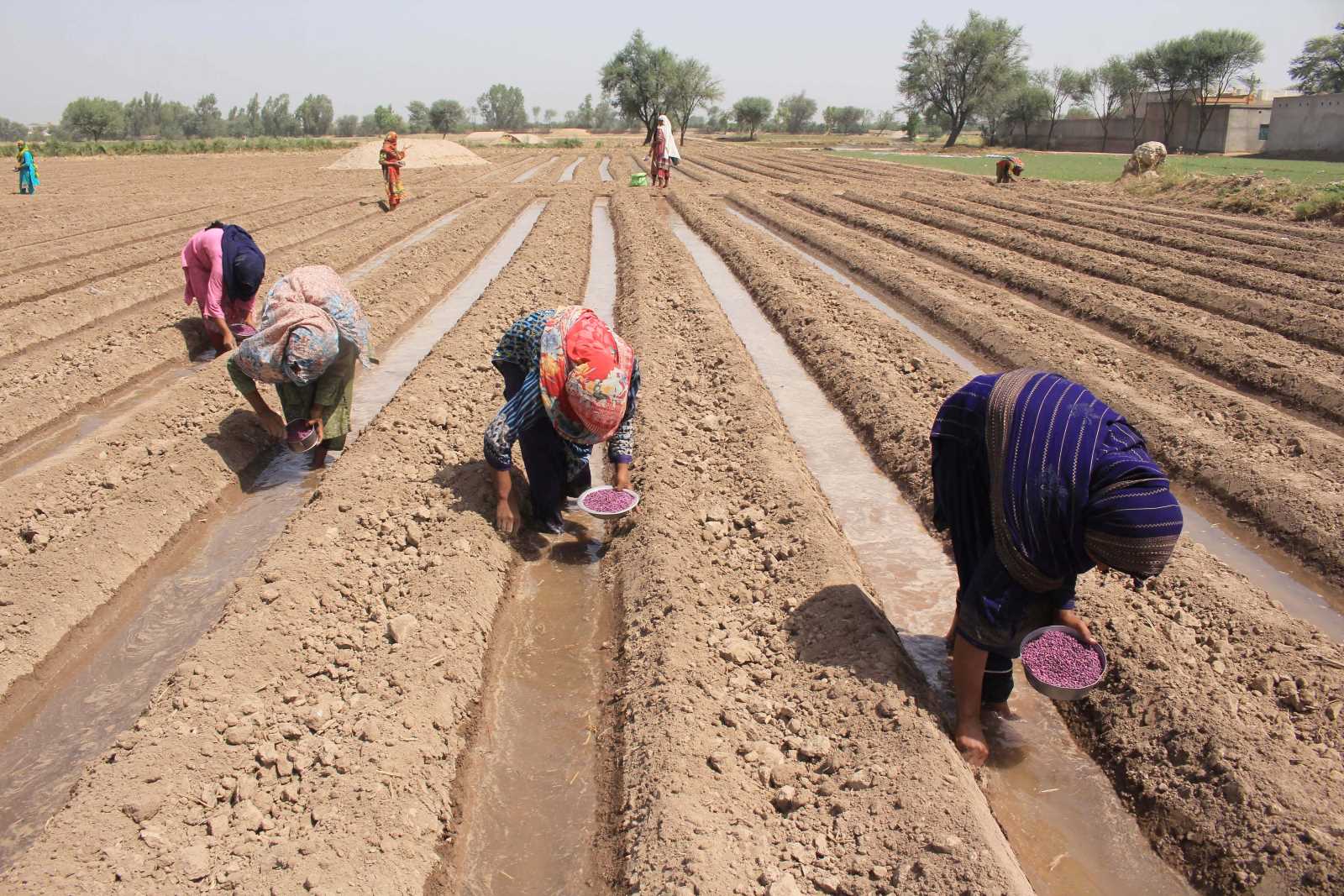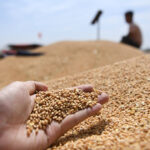By Iftikhar Ahmad
MULTAN, Jun 23 (APP): : Being the fifth largest cotton producer after India, China, United States and Brazil, Pakistan heavily rely on its cotton industry through which it earns a handsome bounty.
However, after witnessing shockingly low production last year, the cotton stakeholders are now striving to regain the lost ground with the hope that the vast countryside fields would soon be seen wearing white fluffy flowers in abundance.
Last year, floods in KP, South Punjab and Sindh wiped away hundreds of acres of crop inflicting huge losses to the farmers in general and the national exchequer in particular affecting cotton crops to a great extent.
Though Pakistan has never touched its dream of 20 million bales of cotton production, it did cross 14 million bales in 2004-05 and remained just below this mark (13.96 million bales) in 2014-15 during the government of Pakistan Muslim League-Nawaz (PML-N), according to statistics from the ministry of finance.
The country’s average annual cotton production remained between 10-12 million bales but it had never touched the bottom the way it did in 2022 mainly due to floods which washed away crops besides inundating rural and urban settlements, said Vice President Multan Chamber of Commerce and Industry (NMCCI) Asim Saeed Sheikh.
Serious efforts were needed to increase cotton yield, said South Punjab Secretary Agriculture Saqib Ali Ateel, adding 98 per cent of the 5 million acre sowing target had been achieved in Punjab.
He attributed the development to the announcement of Rs 8500 per Maund cotton support price by the federal government.
He said additional chief secretary south Punjab Captain (Retired) Saqib Zafar made it clear and issued orders that agriculture advisory staff would not be assigned any task other than cotton.
The crop production was so low last year that it compelled industrialists from textile sector to import sizable quantities of lint to meet their production cycles, said former president of Multan Chamber of Commerce and Industry (MCCI) Khawaja Muhammad Usman.
The overall national cotton production target has been set by the federal government at 12.77 million bales from 6.834 million acres in Pakistan including 4.986 million acres in Punjab, 1.659 million acres Sindh, 5000 acres KPK, and 181,000 acres in Balochistsan, said Sajid Mahmood, Technology Transfer head for Central Cotton Research Institute (CCRI) Multan.
The province-wise production target set for cotton season 2023 included 8.336 million bales for Punjab, 4 million bales Sindh, 430,000 bales Balochistan, and 4000 bales for Khyber Pakhtunkhwa.
Sensing the seriousness of the matter, Caretaker Chief Minister Punjab Mohsin Naqvi, during a recent visit to Multan put all the functionaries on their toes assigning them task of expanding cotton area.
Officials at divisional and district level were on their toes and their hard work bore fruit after they brought 4.8 million acre area under cotton in 2023, surpassing previous figures.
Saqib Ali Ateel said Chief Minister Mohsin Naqvi had promised that there would be no dearth of resources for any investment in enhancing cotton production in Punjab, adding the CM was appreciative of his suggestion that the mechanized cotton boll picker machine developed by Central Cotton Research Institute (CCRI) Multan was the best option to eliminate pink bollworm incidence from cotton fields.
He said, this programme if launched would cost around Rs 1 billion, adding the investment was worth the cost as pink bollworm could cause 16 per cent production losses which would translate into 1.5 million bales lost, if, for example, the Punjab cotton fields had a potential of 8 million bales, Saqib Ateel said.
Pesticides application in Punjab usually gulp a whopping Rs 22-24 billion every year on cotton crop, Saqib said, adding “So, we have recommended farmers to rely mostly on biopesticides and Integrated Pest Management (IPM) programme like pheromone traps and resort to chemical pesticides only as last option when it becomes unavoidable.”
This would not only reduce cost but also keep friendly pests alive that crop usually lose in case of pesticides application, he mentioned.
He said, on the chief minister’s orders, administrative secretaries of south Punjab had been assigned districts to monitor the cotton crop management to ensure that pests and diseases were properly tackled and any large-scale incidence of pests could be countered timely through a coordinated effort.
To further augment the on-field advisories to small farmers, agriculture department had planned to hire 2000 agriculture interns from different universities, of which so far the services of 1750 interns had been secured, Saqib said.
Director Research Pakistan Central Cotton Committee (PCCC), Dr. Tasawur Hussain Malik, an eminent scientist, who also holds additional charge as secretary PCCC, and director marketing, and economic research of country’s ace research body, told APP that Pakistan’s scientists had contributed a lot so far in cotton with some very good varieties but the research system needed to be improved further.
He underlined the need for bringing some multinational companies to Pakistan to set research and development system on modern lines.
Dr. Tasawur who also holds additional charge as Director Pakistan Institute of Cotton Research and Technology (PICRT), and Director of Pakistan Cotton Standardization Institute (PCSI) said liberal funding on research and development was the need of the hour.
Sajid Mahmood, Director Technology Transfer CCRI Multan quoting International Cotton Assessment Committee (ICAC) report for the year 2022-23, said Pakistan’s per hectare production was above 700 kilograms, which, however, he added, had started declining a few years back due to different factors related to climate change like extreme heat, torrential rains and slipped to 472 kilogram per hectare in 2022-23.
He said, Pakistan has a production potential of 18-20 million bales of cotton per annum and according to APTMA the textile sector requirement was over 15 million bales.
He added that APTMA would no more need to spend 2-3 billion dollars on importing cotton if Pakistan achieves cotton production as per its potential.




